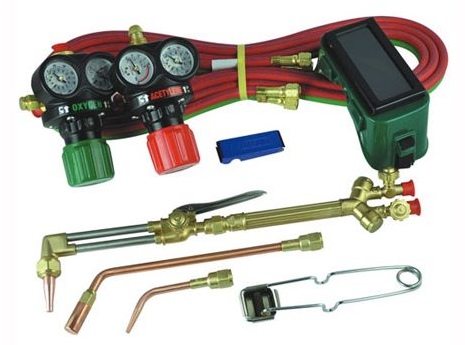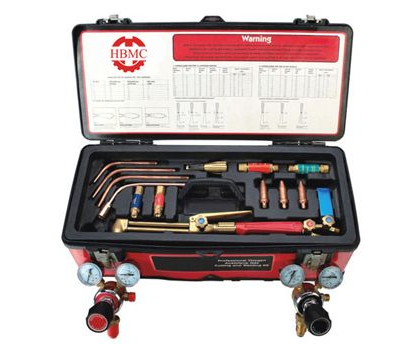Wholesaling cutting and welding kits from China can be a highly profitable venture, thanks to the country's vast manufacturing capabilities and competitive pricing. With the right approach, you can secure high-quality equipment at low costs. This guide will walk you through the steps of sourcing cutting and welding kits from China, ensuring that you make informed decisions that align with your business goals.
Understanding the Market for Cutting and Welding Kits
Before diving into the wholesaling process, it's crucial to understand the demand for cutting and welding kits. These kits are essential tools in industries such as construction, automotive repair, and manufacturing. Their wide range of applications makes them a sought-after product. When sourcing from China, ensure that the kits meet international standards and certifications to satisfy your target market.
Finding Reliable Suppliers in China
One of the most critical steps in wholesaling cutting and welding kits is finding a reliable supplier. Websites like Alibaba, Made-in-China, and Global Sources are popular platforms where you can connect with verified suppliers. It's essential to evaluate each supplier's reputation, manufacturing capabilities, and product quality. Requesting samples before placing a bulk order can help you assess the quality firsthand.

Cutting and Welding Kits
Negotiating Prices and Terms
When wholesaling from China, negotiating prices and terms is a standard part of the process. Chinese suppliers are often open to negotiation, especially if you're ordering in large quantities. Be clear about your requirements and budget while ensuring that the agreed-upon terms, including delivery times, payment methods, and return policies, are well-documented in the contract.
Quality Control and Inspection
Maintaining product quality is crucial to the success of your wholesale business. Working with third-party inspection agencies in China can help you ensure that the cutting and welding kits meet the required standards. Inspections should be conducted both during and after production to catch any defects early and avoid costly returns or customer complaints.
Shipping and Logistics
Shipping from China involves several logistics considerations, including shipping methods, costs, and customs clearance. You can choose between air freight for faster delivery or sea freight for larger, cost-effective shipments. Collaborating with a reputable freight forwarder can streamline the process, ensuring that your cutting and welding kits arrive on time and in good condition.

Cutting and Welding Kits
Regulatory Compliance and Documentation
When importing cutting and welding kits from China, it's essential to comply with your country's regulations. Ensure that the products meet safety and quality standards, and that all necessary certifications are in place. Additionally, proper documentation, such as invoices, packing lists, and certificates of origin, is required for smooth customs clearance.
Building Long-Term Relationships with Suppliers
Establishing long-term relationships with reliable suppliers can benefit your business in the long run. By fostering trust and communication, you can negotiate better deals, secure priority during high-demand periods, and ensure a consistent supply of high-quality cutting and welding kits. Regular communication and site visits can help strengthen these partnerships.
Questions and Answers about Wholesaling Cutting and Welding Kits from China
Q: How can I ensure the quality of cutting and welding kits from China?
A: To ensure quality, work with reliable suppliers, request product samples, and use third-party inspection agencies to verify standards.
Q: What are the common shipping methods for bulk orders?
A: The two primary shipping methods are air freight, which is faster but more expensive, and sea freight, which is ideal for large, cost-effective shipments.
Q: Do I need to comply with specific regulations when importing cutting and welding kits?
A: Yes, ensure that your products meet safety and quality standards and have all necessary certifications for smooth customs clearance.
Q: How can I negotiate better prices with Chinese suppliers?
A: Negotiating better prices often involves ordering larger quantities and building long-term relationships with suppliers to gain favorable terms.
By following these steps and asking the right questions, you can successfully wholesale cutting and welding kits from China while ensuring product quality, compliance, and profitability.







